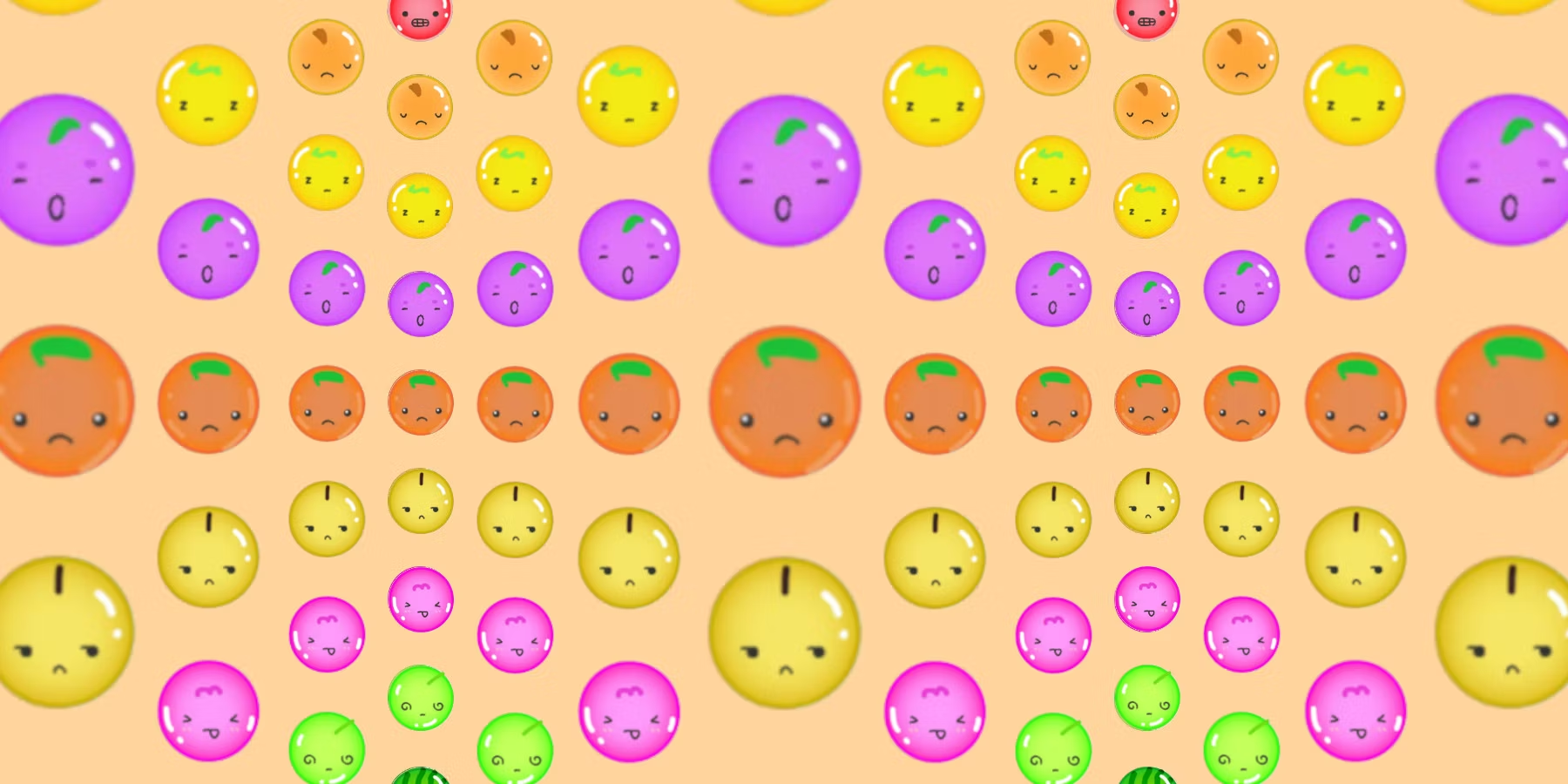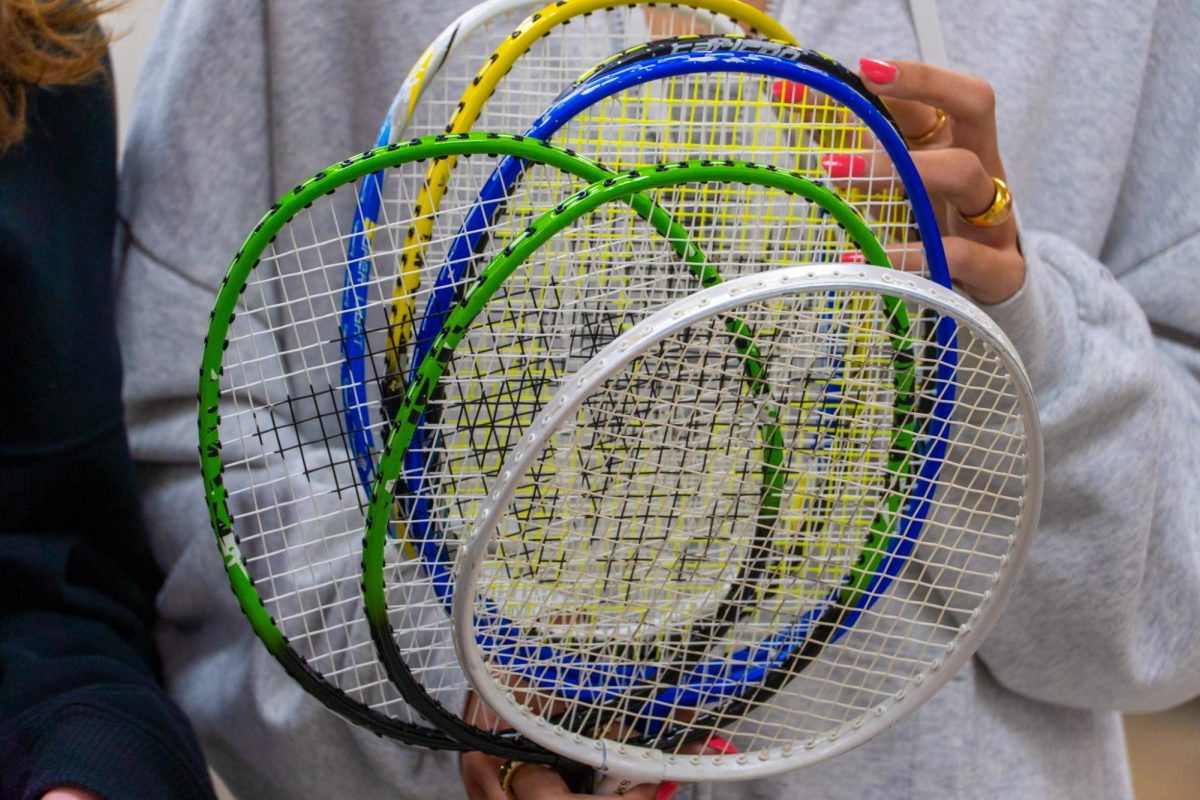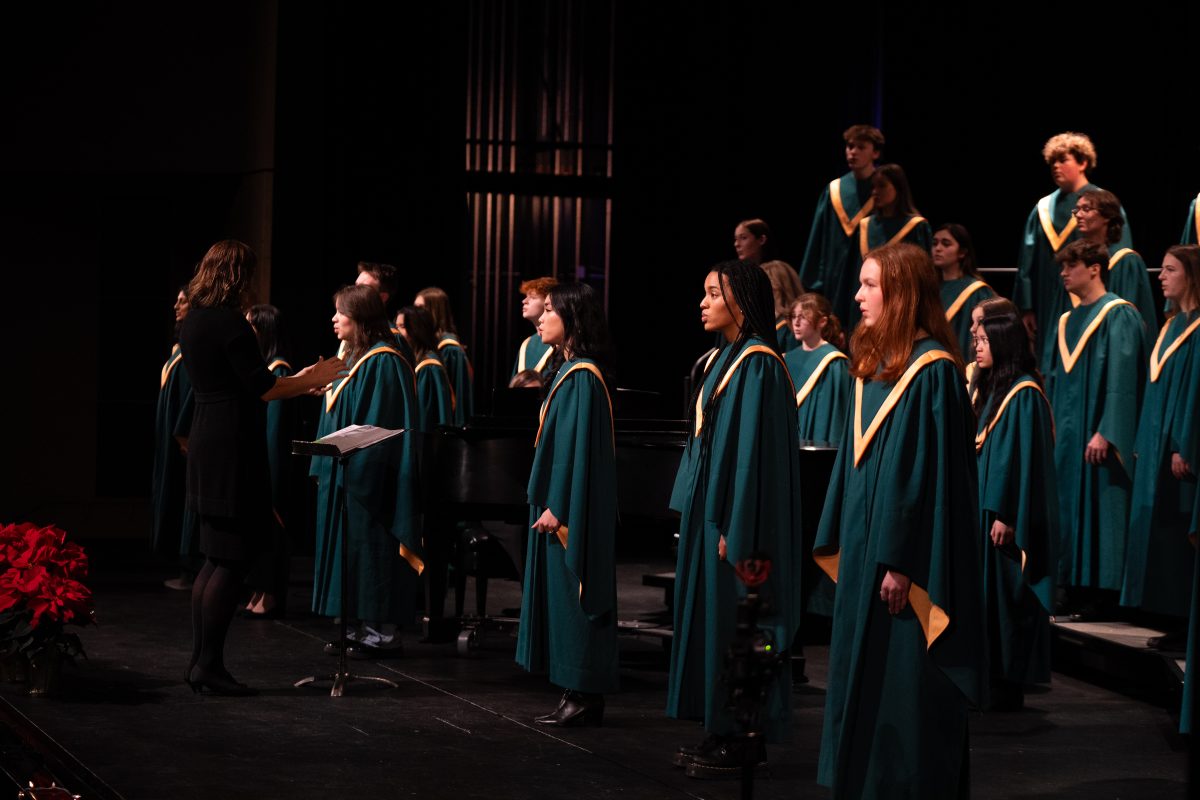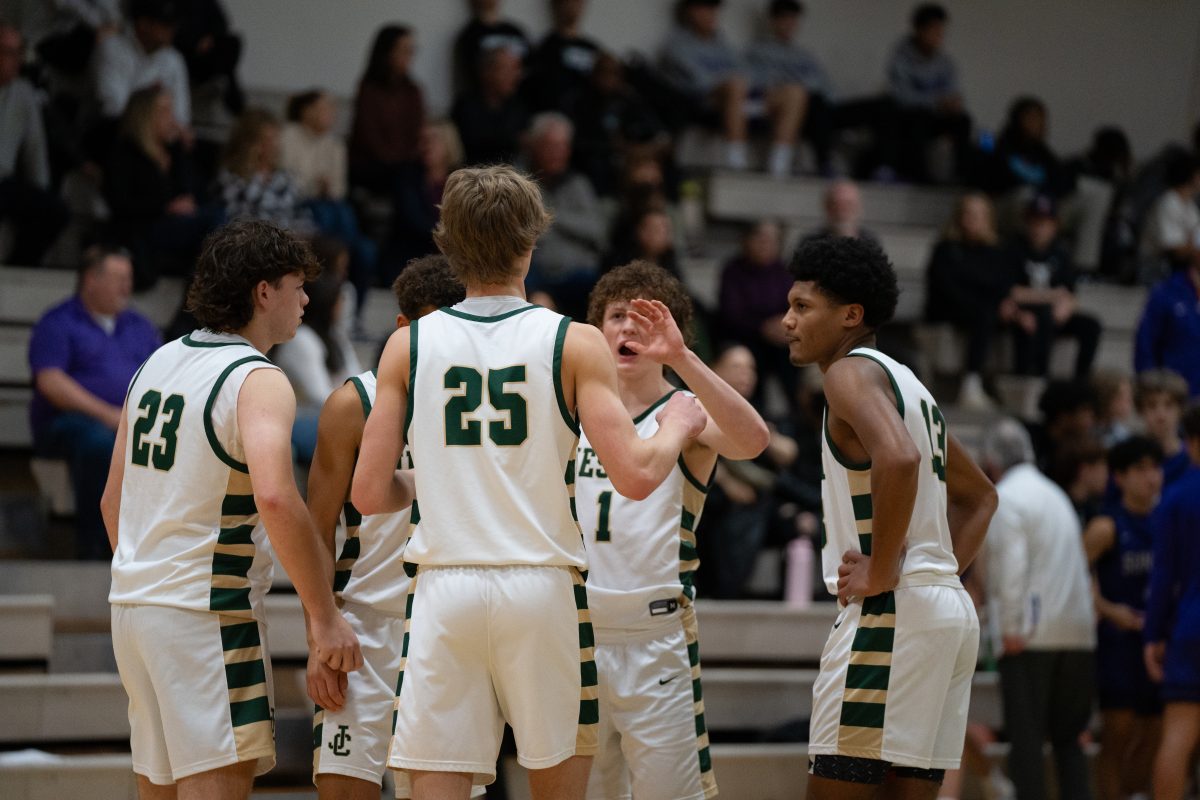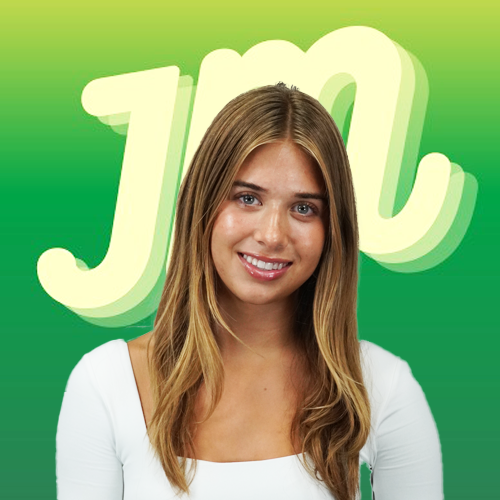AI generated art and music pieces lead to ethical issues of credibility and accountability, according to Tara Chilkunda ‘25, who discussed the intersection of visual art, music, and AI. She touched on the idea of credibility and regulations surrounding AI art.
“How much credit do you give to AI versus to yourself,” Chilkunda said.
Does the person who prompts the AI with a description get the credit, the technology itself, or even further back: the creators of the technology who get to take credit for artistic creations.
Back in 1962, the first artificial intelligence art piece was created by Harold Cohen, but recent technology has developed far beyond. Deep ai, picsart, Canva, and even snap chat ai can be used to generate photos and drawings.
To test its effectiveness, Chilkunda displayed both a real art piece and a fake side by side, prompting the audience to guess which one was the real historic piece and which was computer generated. The result of her experiment was a 50/50 split among the audience on which was the true Starry Night by Van Gogh. While some like the Mona Lisa were easily differentiable, not all were.
“AI art cannot always be differentiated from real art,” Chilkunda said.
Further, she played a music piece titled The conductors philosophy created in 2013 that was conducted by AI.
Chilkunda’s concerns for the misuse of AI in creative fields came from how it could replace certain fields and her knowledge of deep fakes.
A deep fake is an image or video manipulated by AI to change the face or other aspects of the image. As AI tech develops and becomes increasingly realistic, so does the ability to produce fake images. Further regulations will need to be placed on certain AI tools so as to not impact larger issues within elections and politics, personal image, and public opinion in general.
AI is a tool, pertaining to art and to classrooms overall, its use can be incredibly beneficial within regulations.
“With Ai, we are learning as we go and learning from students,” teacher, and moderator for Chilkunda’s project, Ms. Shih-Emmi said.
For the image displayed above: the left is the original piece and the right image was generated by canva AI, did you guess correctly?




